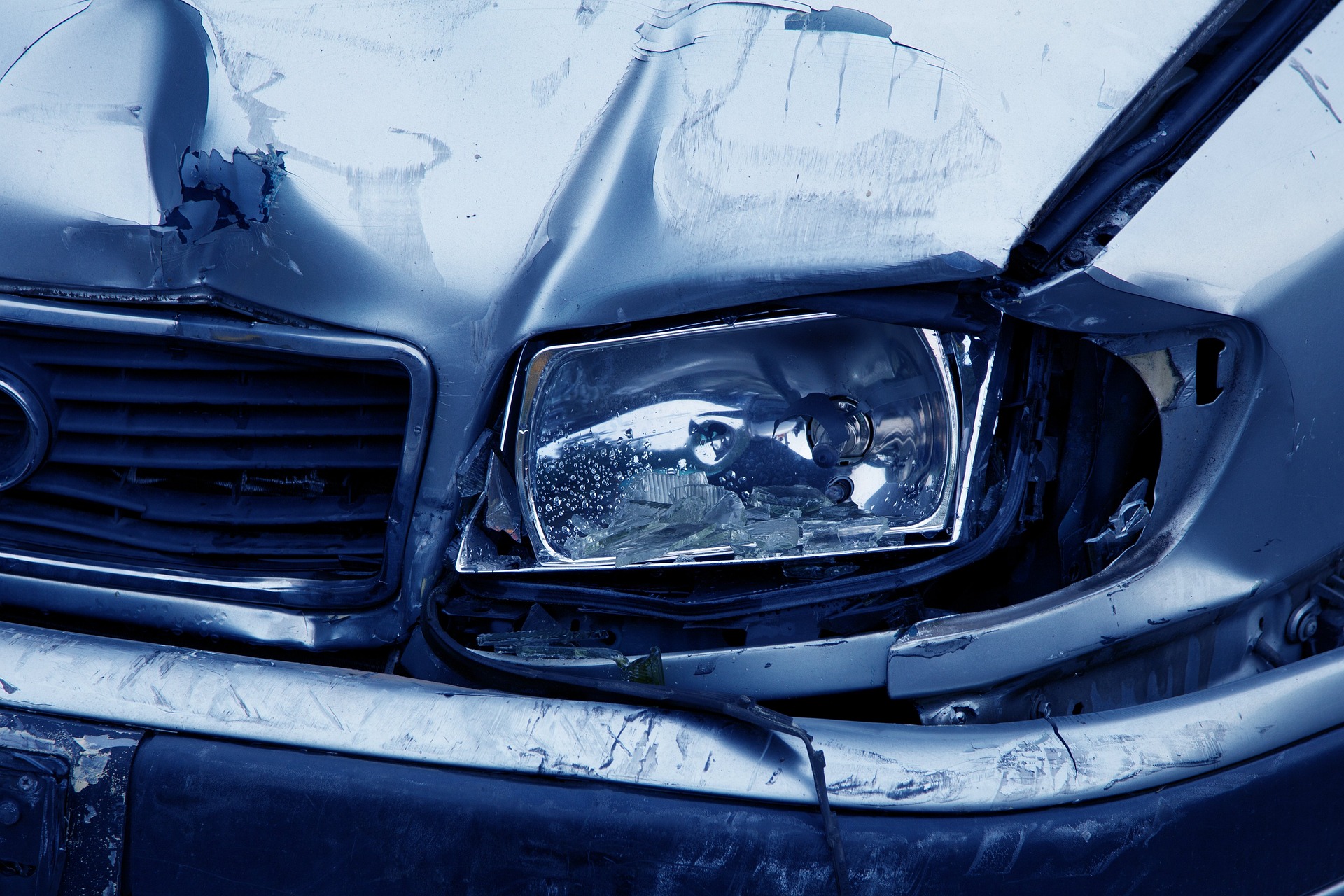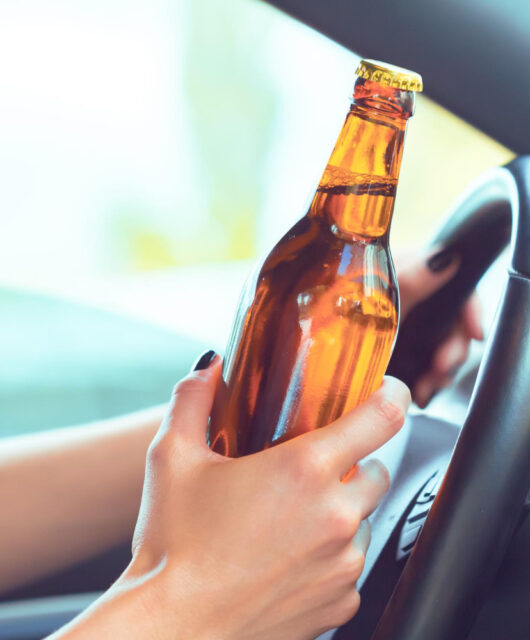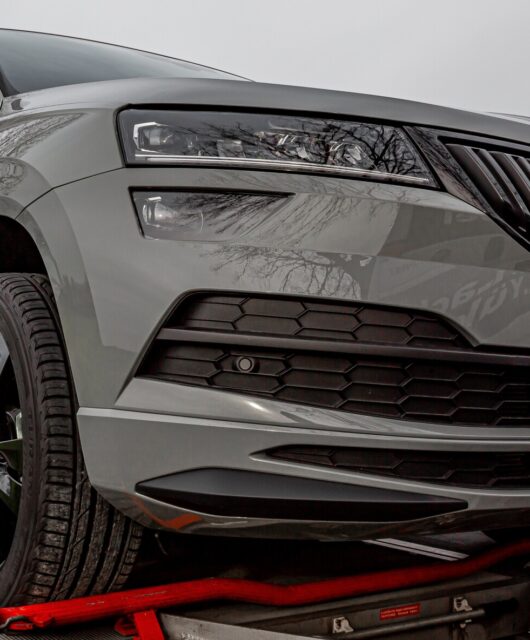What To Do When Your Car Is Damaged
 Car damage is an unfortunate reality that many drivers may experience at some point in their lives. From fender benders to more severe collisions, the cost of repairs can quickly add up, leaving drivers wondering what to do next.
Car damage is an unfortunate reality that many drivers may experience at some point in their lives. From fender benders to more severe collisions, the cost of repairs can quickly add up, leaving drivers wondering what to do next.
In this article, we’ll explore the steps you should take when your car is damaged, including tips on what to do when your car is damaged by natural forces like a hail storm.
Table of Contents
Assess the Damage
The first step in dealing with car damage is to assess the extent of the damage. If the damage is minor, such as a small dent or scratch, you may be able to repair it yourself. However, if the damage is more severe, such as a broken window or a bent frame, you will need to seek professional assistance.
It’s important to remember that even minor damage can lead to more significant problems down the road. For example, a small dent in your car’s body can cause rust to develop over time, which can weaken the structural integrity of your vehicle. It’s always best to address damage as soon as possible to prevent further problems.
Determine Your Insurance Coverage
If you have insurance coverage, the next step is to determine what your policy covers. Most insurance policies will cover damage caused by accidents, theft, and weather events like hail storms. However, the extent of your coverage will depend on your specific policy, so it’s important to review your policy carefully.
If your policy covers the damage, you will need to file a claim with your insurance company. You will need to provide information about the damage, including photos and a description of what happened. The insurance company will then send an adjuster to assess the damage and determine the cost of repairs.
If you don’t have insurance coverage, you will need to pay for the repairs out of pocket. Depending on the extent of the damage, this can be an expensive proposition. However, there are ways to reduce the cost of repairs, such as using aftermarket parts or finding a reputable repair shop that offers competitive prices.
Find a Reputable Repair Shop
Once you’ve determined the extent of the damage and your insurance coverage, the next step is to find a reputable repair shop. It’s important to choose a shop that has experience working on your specific make and model of car, as well as one that is certified by a reputable industry organization like the National Institute for Automotive Service Excellence (ASE).
You can also ask for recommendations from friends and family, or check online reviews to find a repair shop with a good reputation. Once you’ve found a shop, make sure to get a detailed estimate of the cost of repairs, including labor and parts. You should also ask about warranties or guarantees on the work done.
Dealing with Hail Damage
One of the most common types of car damage is hail damage. Hail can cause dents, scratches, and even broken windows, leaving your car looking like a pockmarked mess. If your car has been damaged by hail, the first step is to assess the damage and determine the extent of the repairs needed.
If the damage is minor, such as small dents or scratches, you may be able to repair it yourself using a paintless dent repair (PDR) kit or other DIY methods. However, if the damage is more severe, such as broken windows or large dents, you will need to seek professional assistance.
When choosing a repair shop for hail damage, it’s important to look for one that specializes in this type of repair. Hail damage repair requires specialized techniques and equipment, so not all repair shops will be able to handle it.
One common method for repairing hail damage is PDR. This technique involves using specialized tools to massage the dents out of the metal without damaging the paint. PDR is often less expensive than traditional repairs and can be completed more quickly.
Car damage can be stressful and overwhelming, but taking the right steps can help minimize the damage and get your car back on the road. If your car has been damaged in a hail storm, make sure to assess and document the damage, contact your insurance company, and consider your repair options. Additionally, take steps to prevent future hail damage by parking your car in a covered area or installing hail guards on your windows and sunroof. By following these steps, you can protect your car and keep it looking its best for years to come.









